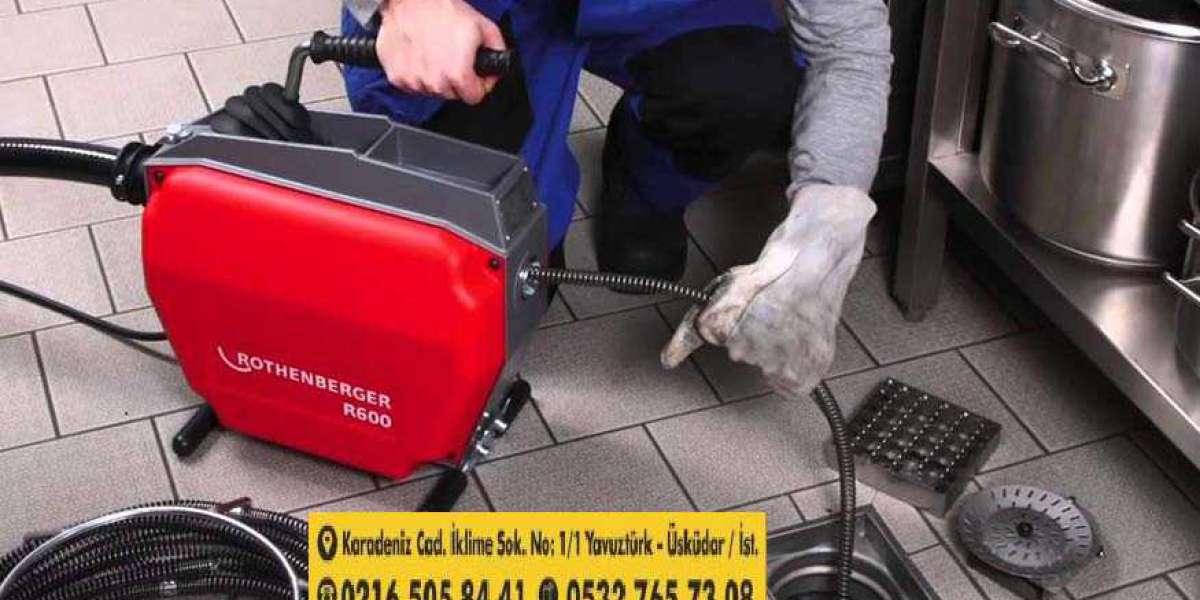When it comes to bathroom renovations, one of the key decisions homeowners face is whether to opt for a walk-in shower installation or an enclosure installation. Both options have their own set of advantages and disadvantages, and it's important to weigh them carefully before making a decision. In this article, we'll explore the pros and cons of walk-in shower installation and evaluate whether it's worth the investment.
Accessibility and Aesthetics
One of the main advantages of walk-in shower installation is its accessibility. The absence of a curb or step makes it easier for individuals with mobility issues to access the shower, making it a popular choice for aging homeowners or those with disabilities. Additionally, walk-in showers can add a modern and sleek look to the bathroom, creating a sense of openness and spaciousness. However, some homeowners may prefer the enclosed feel of a traditional shower, which provides a sense of privacy and containment.
Maintenance and Cleaning
Walk-in showers are generally easier to clean and maintain compared to enclosed showers. The absence of a door means there are no tracks or seals to clean, and the open design allows for better ventilation, reducing the risk of mold and mildew. On the other hand, enclosed showers with glass doors may require more frequent cleaning to prevent water spots and soap scum buildup. It's important to consider the long-term maintenance requirements when deciding between the two options.
Space and Customization
Walk-in showers are known for their ability to make a small bathroom feel more spacious. The open design can create the illusion of more space, making it a popular choice for compact bathrooms. Additionally, walk-in showers offer more flexibility in terms of customization, allowing homeowners to choose from a variety of materials, colors, and designs to suit their preferences. Enclosed showers, on the other hand, may be more limited in terms of space and customization options.
Cost and Installation
When it comes to cost, walk-in shower installation can be more expensive than traditional enclosure installation. The need for waterproofing, sloped floors, and proper drainage can add to the overall cost of the project. Additionally, if the bathroom layout needs to be modified to accommodate a walk-in shower, the costs can further increase. However, the investment in a walk-in shower can add value to the home and appeal to potential buyers in the future. It's important to consider the long-term benefits when evaluating the cost of installation.
In conclusion, the decision to opt for a walk-in shower installation or an enclosure installation depends on various factors such as accessibility needs, maintenance preferences, space constraints, and budget considerations. Both options have their own set of pros and cons, and it's essential for homeowners to carefully evaluate their individual requirements before making a decision. Whether it's the accessibility and aesthetics, maintenance and cleaning, space and customization, or cost and installation, weighing the pros and cons of walk-in shower installation is crucial in determining whether it's worth the investment.







